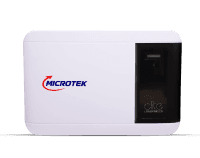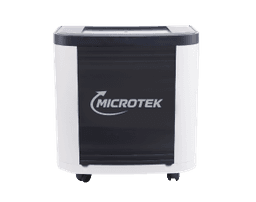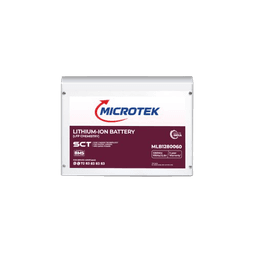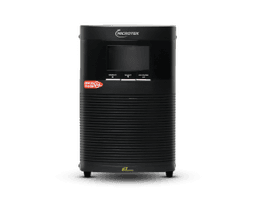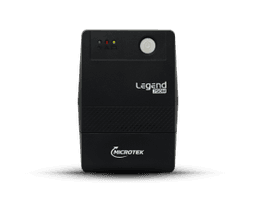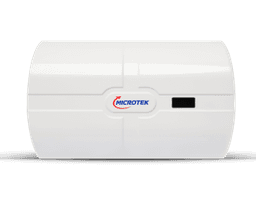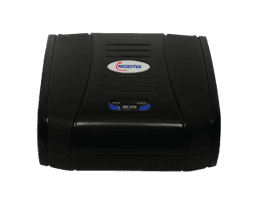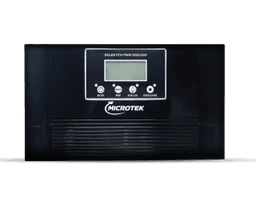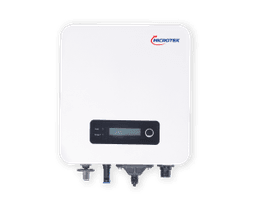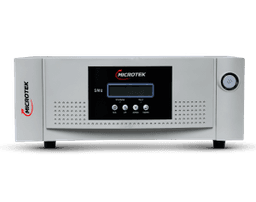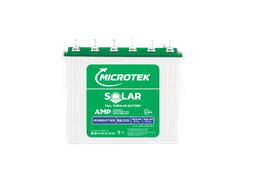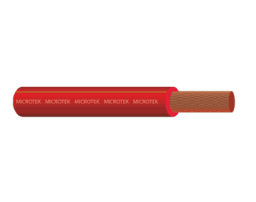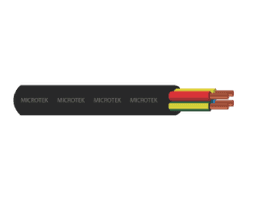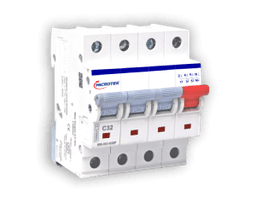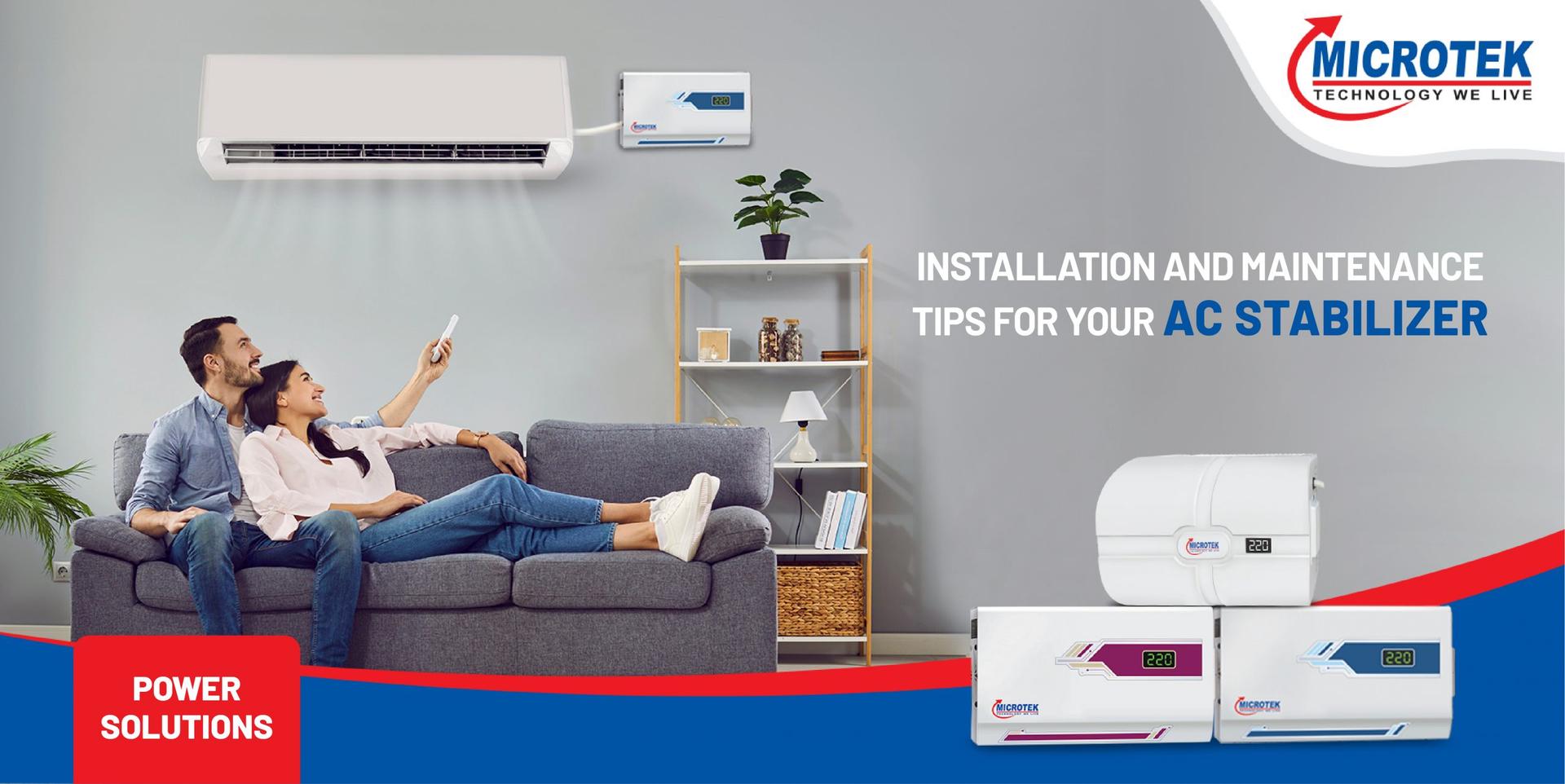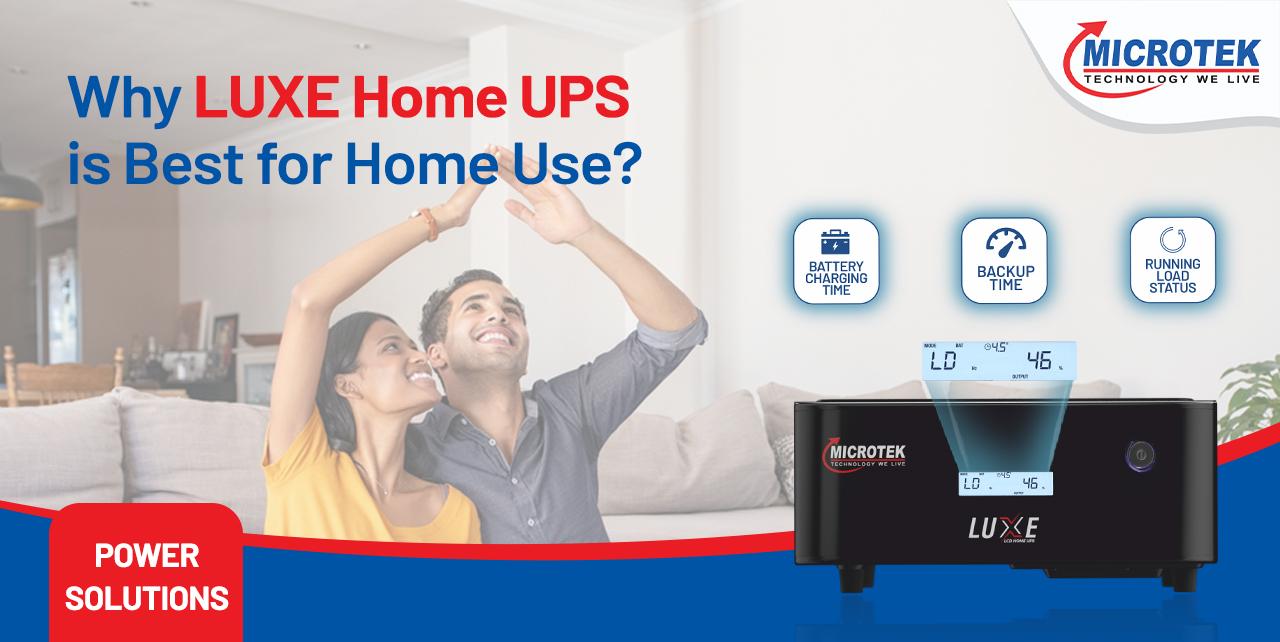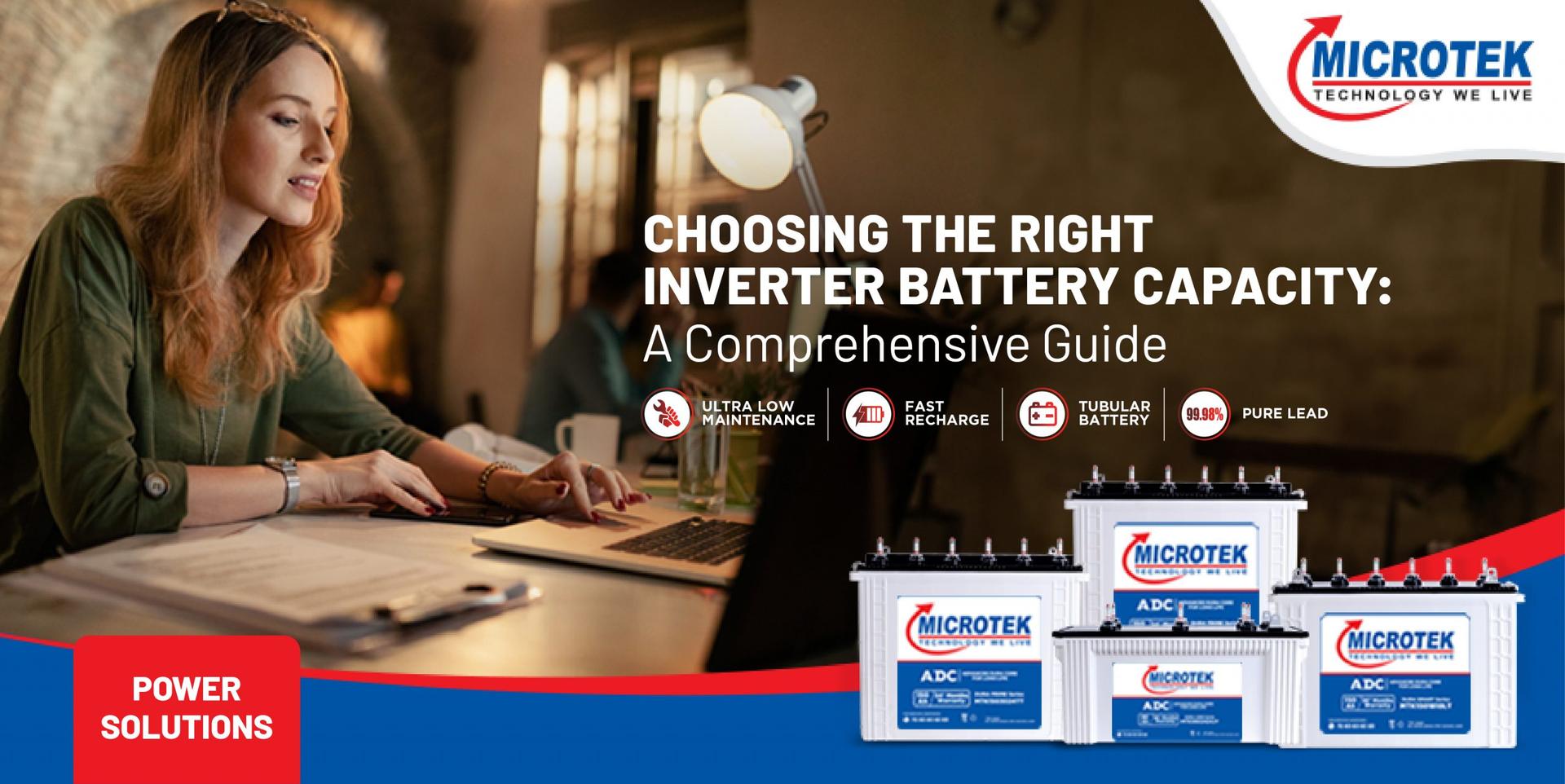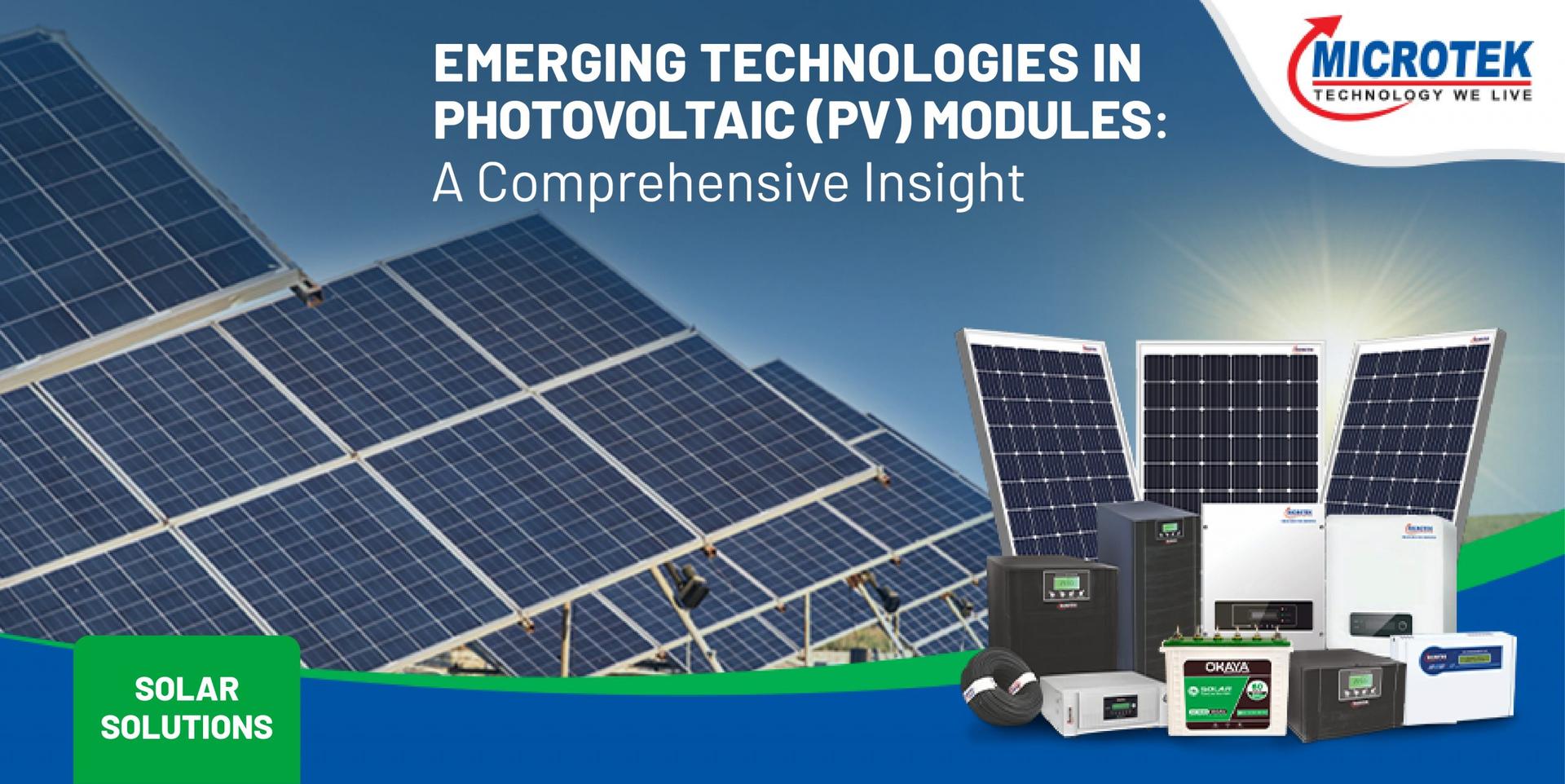
How to Choose the Best Inverter for Your Solar Power System?
Solar power can help decrease energy bills. However, solar boards alone are not sufficient. They deliver direct current (DC) electricity, which cannot be employed instantly in residences. Most household machines require alternating current (AC) energy. This is exactly where a solar inverter becomes essential. A solar inverter transforms DC power from solar boards into AC power for all residence use. Picking the correct inverter is critical. An exemplary inverter makes the system efficient and long-enduring. A wrong inverter can debilitate power and cause issues. This blog will allow you to comprehend the distinct sorts of solar inverters and how to pick the finest one.
What is a Solar Inverter?
A solar inverter is an instrument that alters solar power into functional electricity. It carries the DC power from solar boards and alters it into AC fuel. Without an inverter, solar energy cannot power your home. The Best Inverter also protects your system. They help detect faults, prevent overheating, and improve efficiency. Some inverters can store excess energy in batteries for later use.
Types of Solar Inverters
There are distinct sorts of solar inverters. Each type has its benefits and drawbacks. The finest option relies on your necessities, funding, and solar board structure.
1. String Inverters
A string inverter is the most common type. It connects multiple solar panels in a series (a "string").
Pros
Affordable: Costs less than other inverters.
Easy to install: Simple wiring and setup.
Good for open spaces: Works well if there is no shading on the panels.
Cons
Efficiency drops if one panel is shaded: If one panel underperforms, the whole system loses power.
Limited monitoring: Cannot track the performance of individual panels.
2. Microinverters
Microinverters are undersized inverters hooked to every solar board. Unlike string inverters, they work independently.
Pros
Better efficiency: If one panel is shaded, others still work efficiently.
More monitoring: Tracks the performance of each panel separately.
Best for roofs with shading issues: Good for homes where trees or buildings cast shadows on some panels.
Cons
Expensive: Costs more than string inverters.
Complex installation: Requires more wiring and labour.
3. Power Optimisers
A power optimiser works with a string inverter to improve efficiency. The Best Inverter helps reduce power loss when one panel is shaded.
Pros
Improves efficiency: Helps in shaded areas.
Cheaper than microinverters: More affordable while still improving performance.
Cons
Needs a string inverter: It cannot work alone.
Extra cost: Adds to the overall cost of the system.
4. Hybrid Inverters
A mixed inverter can operate with both solar boards and even batteries. It permits homeowners to hold excess solar energy for later usage.
Pros
Supports batteries: Stores energy for nighttime or power cuts.
Flexible: Works with both grid and off-grid systems.
Cons
Expensive: Costs more than other inverters.
Not required for grid-only systems: If you don’t intend to utilise batteries, it may not be essential.
Facets to Contemplate When Picking a Solar Inverter
Picking the correct inverter from an Inverter Shop Near Me is momentous. It's largely because of the enactment and lifespan of the solar energy system. Here are climactic facets to assume:
1. Power Capacity
The inverter’s power capacity should match your solar panels. If the inverter is too small, it will not handle all the power. If it is too big, you may waste money on extra capacity.
2. Efficiency
A good inverter should have at least 95% efficiency. Higher efficiency means less energy is lost during conversion.
3. Warranty and Lifespan
A top-tier inverter should prevail for 10-15 years. Pick a brand that delivers a lengthy assurance of dependability.
4. Battery Compatibility
If you plan to add batteries, choose a hybrid inverter. Some inverters do not support batteries.
5. Grid Connection
If you want to sell excess power to the grid, your inverter must be grid-tied. Standalone inverters work without a grid but need batteries.
6. Safety Features
A good inverter has built-in protection against:
Short circuits
Overheating
Power surges
7. Price
Various inverters have distinct costs. String ones are inexpensive, while microinverters and mixed inverters have a higher price. Pick an inverter that suits your funding but does not compromise on grade.
How to Maintain Your Solar Inverter?
Regular maintenance keeps your inverter running smoothly. Here are some tips:
Keep it clean – Dust and dirt can affect performance.
Check for error messages – Inverters display warnings if something is wrong.
Monitor performance – Many inverters have apps to track power generation.
Call a professional if needed – If you notice problems, get expert help.
Conclusion
A solar inverter is an important part of any solar power system. Choosing the right one depends on your energy needs, budget, and system type. String inverters are affordable but lose efficiency if one panel is shaded. Microinverters improve efficiency but cost more. Power optimisers boost performance at a medium cost. Hybrid inverters are best for battery systems. Always check efficiency, warranty, and safety before buying from a reliable Inverter Shop Near Me. A good inverter will improve performance and save money in the long run.
- Copy :

